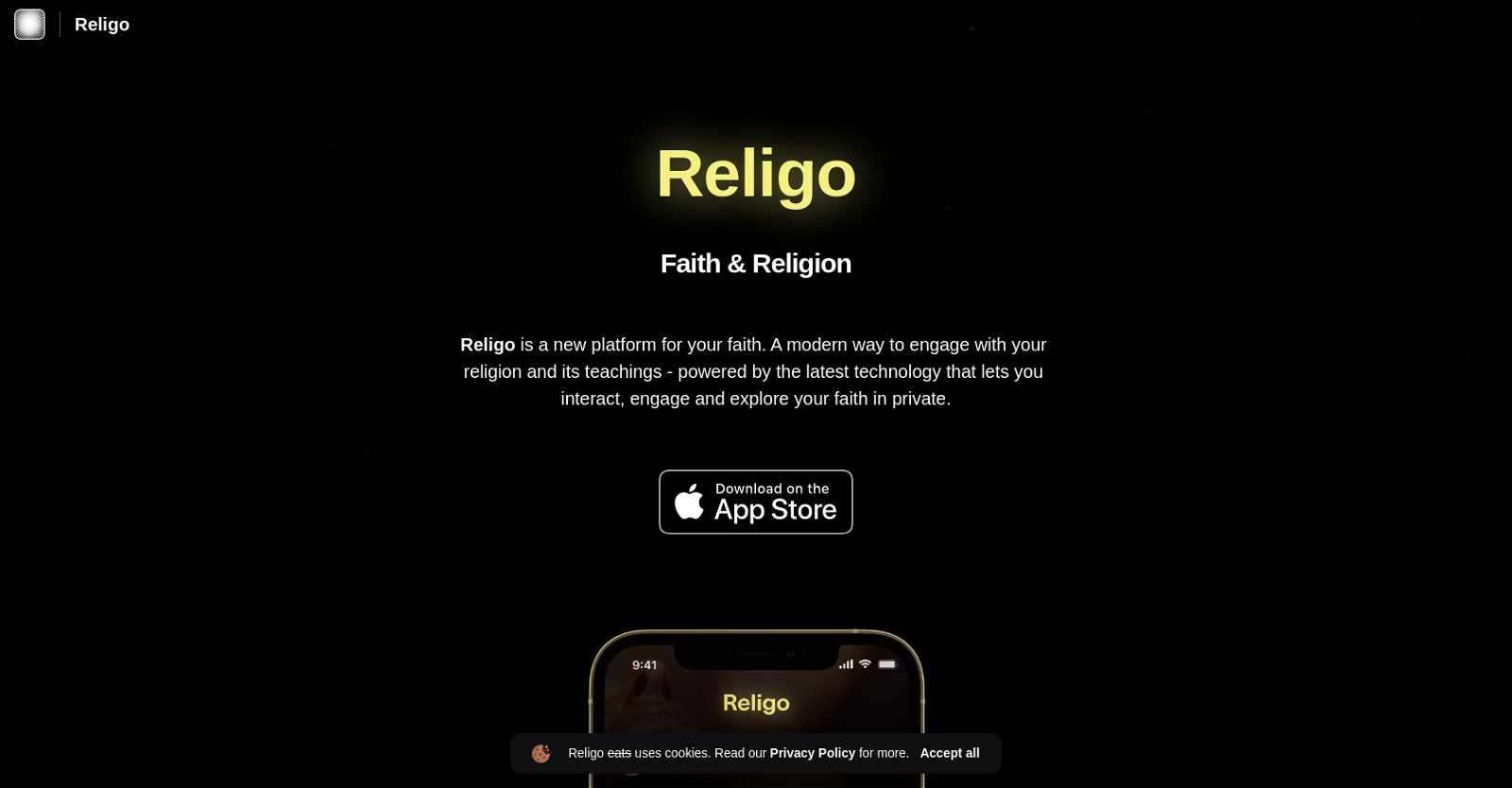
Get Exclusive AI Tips
Get Exclusive AI Tips

Receive the same AI tips that helped me to make $37,605 in just two weeks!

Receive the same AI tips that helped me to make $37,605 in just two weeks!

Receive the same AI tips that helped me to make $37,605 in just two weeks!